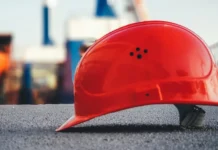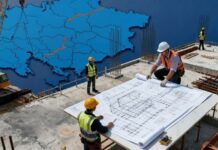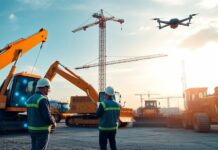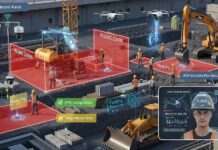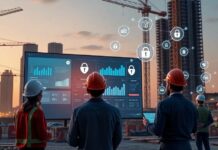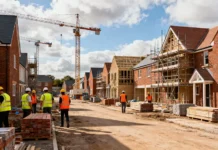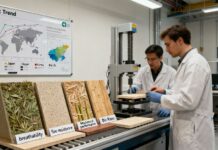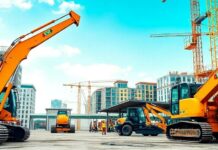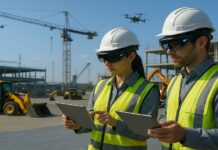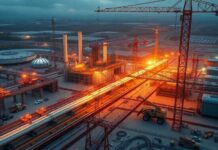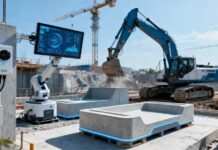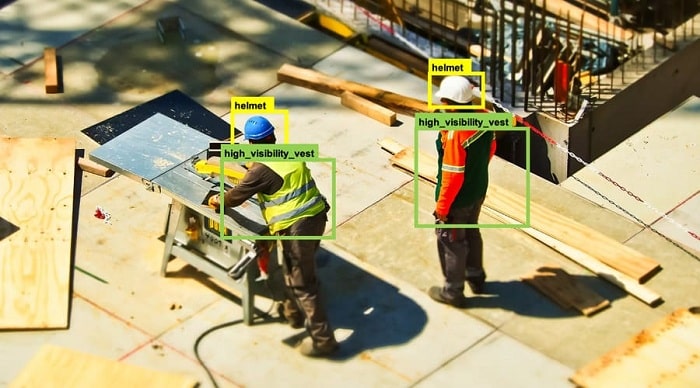Every day, construction workers deal with various tasks that require surveillance and supervision. They also have to ensure the safety performance of their construction operations onsite. While technologies like artificial intelligence and augmented reality are transforming this industry, computer vision also promises to solve some of the existing challenges and revamp this sector. Some of the major issues in construction include struck?by accidents, continuous monitoring of unsafe conditions, quality and defect inspection, monitoring of site activities, and more.
Today, computer vision has become one of the hottest applications of artificial intelligence. Intel defines this tech as a combination of cameras, edge- or cloud-based computing, software, and artificial intelligence (AI) to enable systems to see and identify objects. This helps the computer system interpret and understand the visual world through the power of neural networks that guide systems in their image processing and analysis. At present, computer vision systems support a range of industries, from manufacturing to retail to finance, helping businesses extend and enhance AI at the edge. For instance, computer vision helps retailers understand where to place products, determine when inventory needs re-stocking, and get a better picture of customer demographics. Even some companies use computer vision in their brand products. E.g., Apple uses computer vision-based facial-recognition algorithms to unlock iPhones. Adobe Lightroom CC uses machine-learning computer vision algorithms to sharpen the details of zoomed images.
In the construction industry, computer vision has immense potential. Thanks to its object identification and recognition ability, it can assess video data from work sites in real-time, identify poor craftmanship, deviation from standardized work plans, or compare work done against BIM specifications. In terms of safety, it can monitor security camera footage and detect hardhats, high visibility vests, work goggles, shoes and even special protection belts required for workers working at high altitudes. In case it observes the absence of protective gear, PPE compliance breach, or an impending threat, the system can also alert site-managers to take action to save lives.
Live stream video footage of construction sites can be analyzed to discover apparent issues in the quality or the appearance of defects. This identification of defects and quality issues can save projects time, resources, and money. Next, computer vision can help create 3D constructed models for progress monitoring, mapping, autonomous robotics, or presentations. This can help to plan and follow up with the construction activities.
Construction companies can also deploy drones, equipping them with LIDAR and HD cameras for workers and inventory monitoring. By analyzing the data collected from the drone, managers can track and transform these analytics into valuable insights to optimize the ongoing processes. For instance, computer vision can be leveraged to create spaghetti diagrams, identifying worker movement trajectories. This enables checking for longer travel paths, movement bottlenecks and optimize onsite material storage. Thus reducing the idle time and saving additional delay costs. This can also address the under-utilization of resources, lack of insights on activity, optimal coordination and real-time intelligence. Further, it also minimizes the entry-error possibility and waiting time, which are also common issues in the construction industry.
Apart from the aforementioned applications, computer vision can also help in data analysis in the cloud which can further drive down the costs. Moreover, it can aid in producing real-life project completion estimates and check whether the construction progress is in-line with the project timeline, a feature with is popular in BIM model 3D progress tracking.
Currently, the integration of computer vision in the construction industry is at an early stage. Though thanks to its promising scope in the optimization of onsite activities and ensuring worker safety, companies may soon look forward to investing in this field of artificial intelligence. Plus, owing to real-time data collection, it can also help boost productivity to new heights in a sector that is known for delayed project completion.



